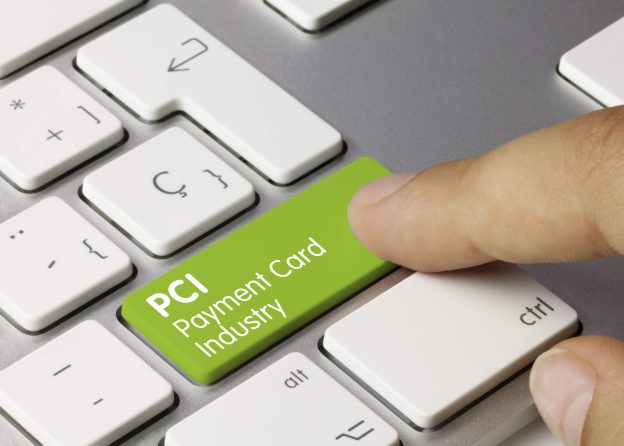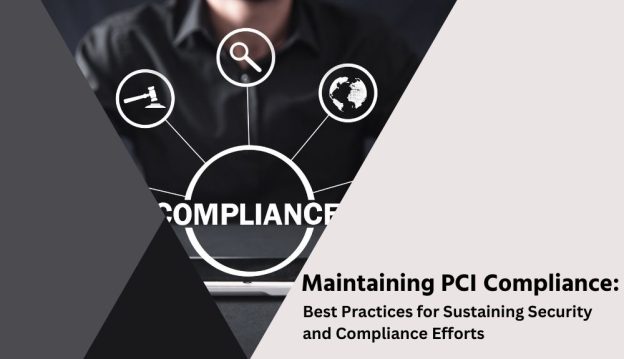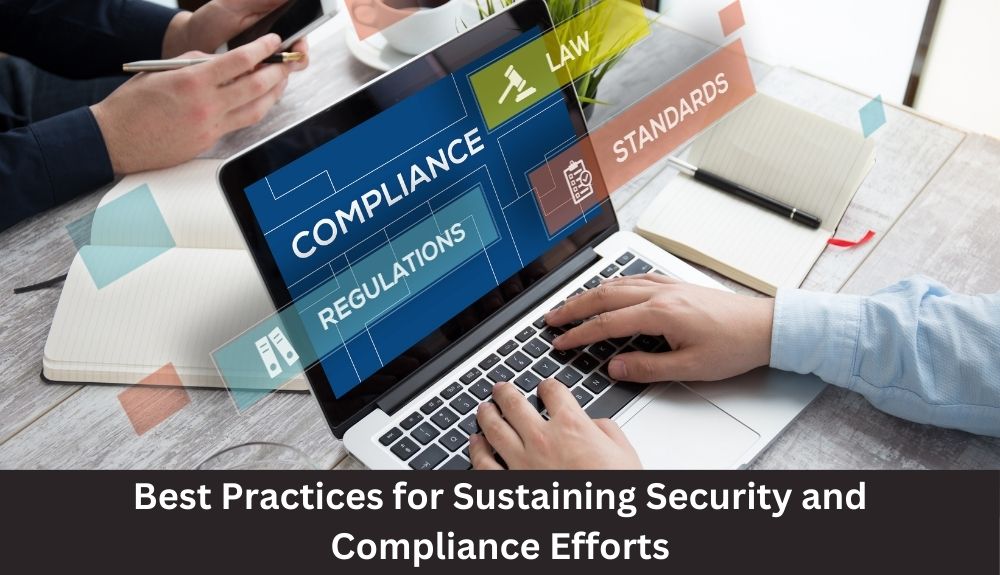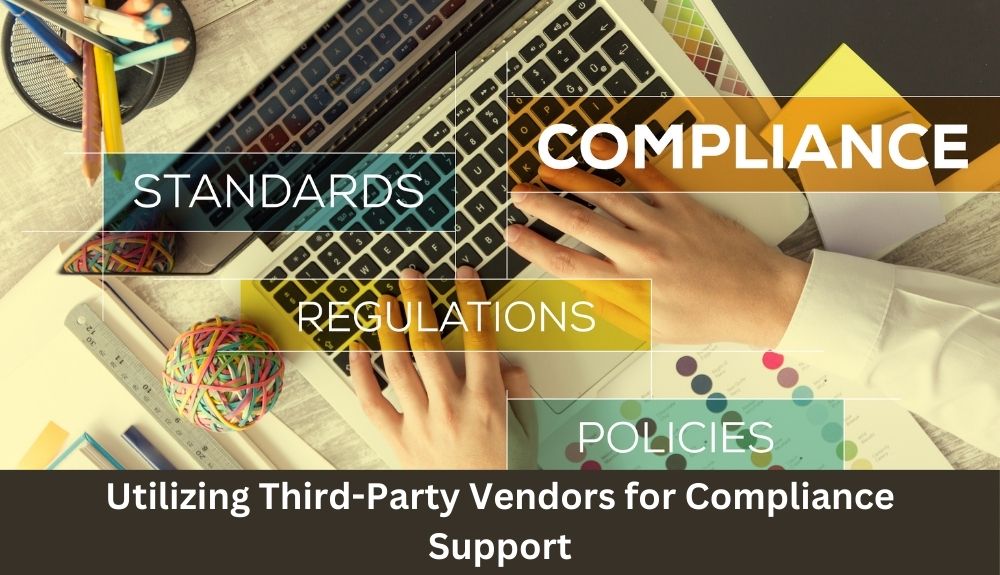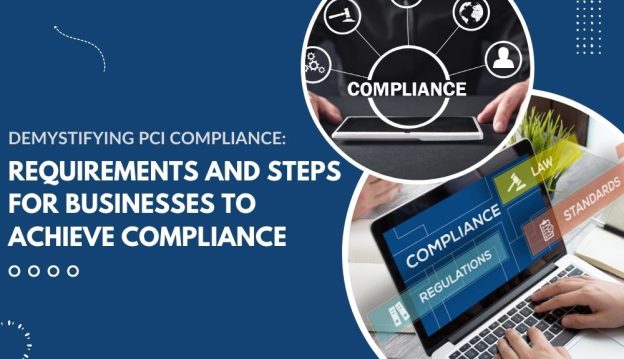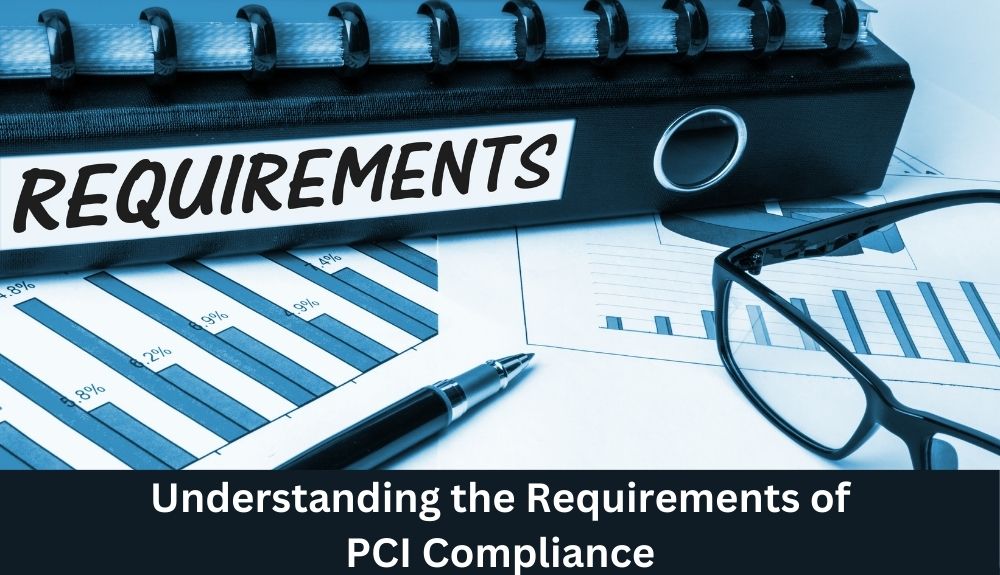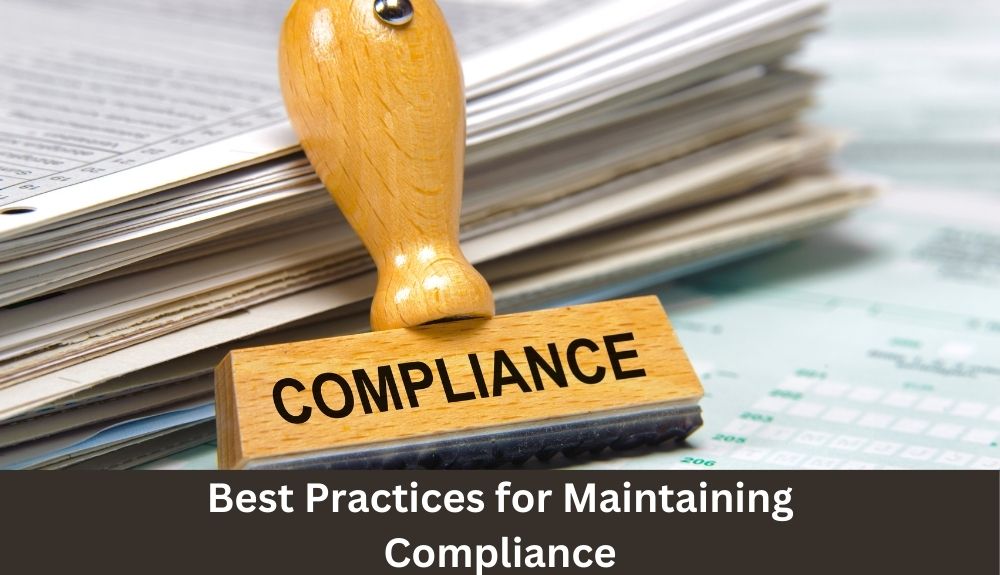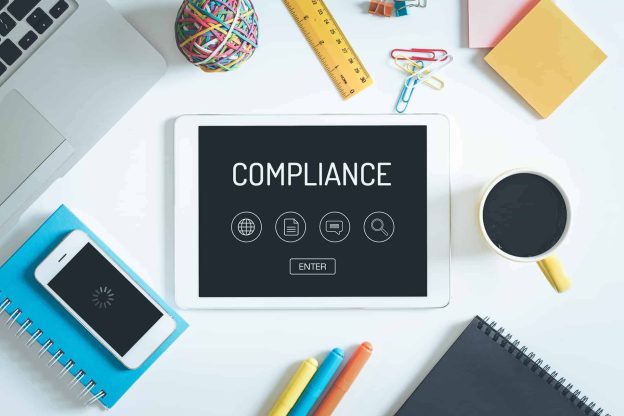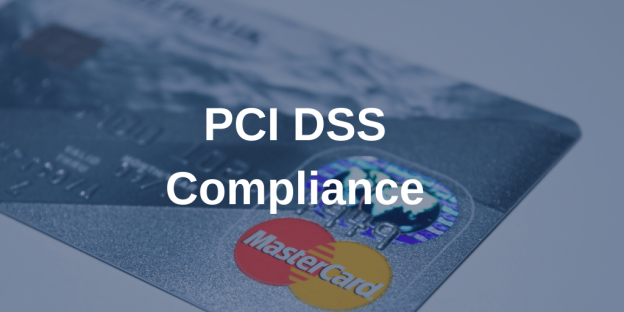Ensuring that your business is PCI compliant is critical not only for securing sensitive cardholder data but also for maintaining the trust of your customers and avoiding potential legal and financial penalties. This comprehensive guide will walk you through the steps to perform PCI compliance checks for your merchant account, explaining the importance and intricacies involved in each step.
What is PCI compliance?
PCI compliance refers to the adherence to a set of security standards established by the Payment Card Industry Security Standards Council (PCI SSC). These standards are designed to protect cardholder data and prevent fraud, ensuring the security of online transactions. Compliance is mandatory for all businesses that accept credit card payments, regardless of their size or industry.
Why is PCI compliance crucial for your merchant account?
The importance of PCI compliance cannot be overstated. By complying with the PCI DSS requirements, businesses can safeguard their customers’ payment information, build trust, and protect their reputation. Non-compliance can lead to severe consequences, including financial penalties, loss of customer trust, and even legal action.
Consequences of non-compliance: risks and penalties
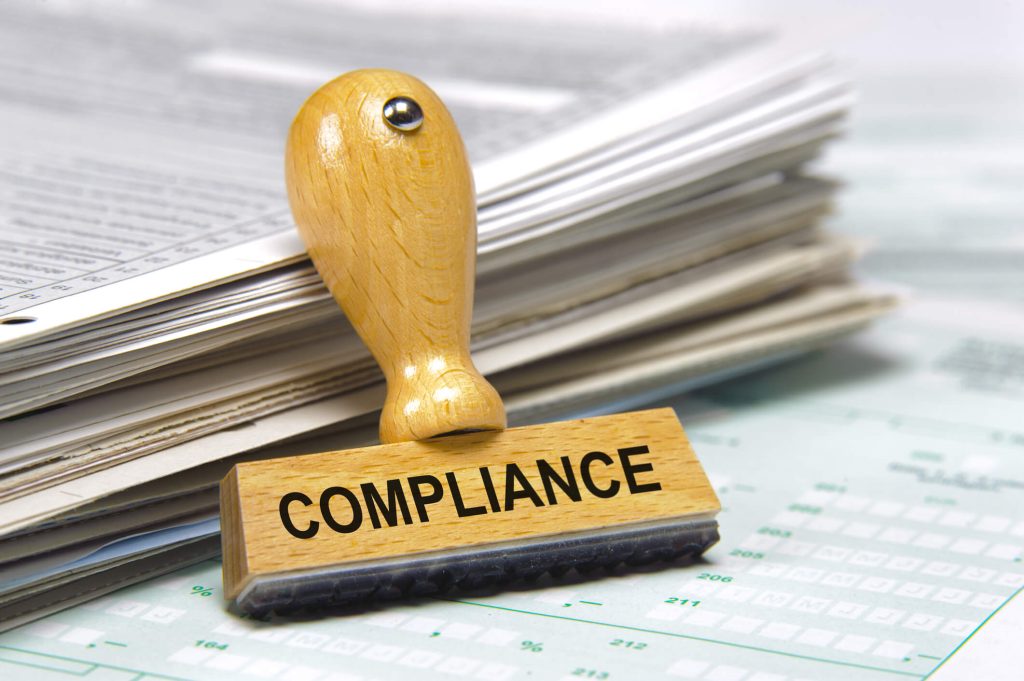
Non-compliance with PCI DSS requirements can have serious repercussions for businesses. The risks associated with non-compliance include data breaches, financial losses, damage to reputation, and legal consequences. In addition, businesses that fail to comply with PCI standards may face hefty fines imposed by card brands and acquiring banks. These fines can range from a few thousand dollars to millions, depending on the severity of the non-compliance.
Steps to Assess Your PCI Compliance Status
Before diving into the details of PCI compliance checks, it is essential to assess your current compliance status. This involves identifying your merchant level, determining the applicable PCI DSS requirements, and assessing your current security measures.
Identifying your merchant level
PCI compliance requirements vary based on the merchant level, which is determined by the number of transactions processed annually. The four merchant levels are defined as follows:
- Level 1: Merchants processing over 6 million transactions annually.
- Level 2: Merchants processing between 1 million and 6 million transactions annually.
- Level 3: Merchants processing between 20,000 and 1 million e-commerce transactions annually.
- Level 4: Merchants processing fewer than 20,000 e-commerce transactions annually or up to 1 million non-e-commerce transactions annually.
Identifying your merchant level is the first step towards understanding the specific compliance requirements applicable to your business.
Determining the applicable PCI DSS requirements
The PCI DSS consists of twelve requirements that businesses must meet to achieve compliance. These requirements cover various aspects of data security, including network security, access control, and encryption. Determining the specific requirements applicable to your business is crucial for conducting effective compliance checks.
Assessing your current security measures
To assess your current security measures, you need to evaluate your existing infrastructure, policies, and procedures. This includes reviewing your network architecture, access controls, encryption methods, and incident response plans. By conducting a thorough assessment, you can identify any gaps or weaknesses in your security measures and take appropriate actions to address them.
Understanding the PCI DSS Requirements: A Comprehensive Overview
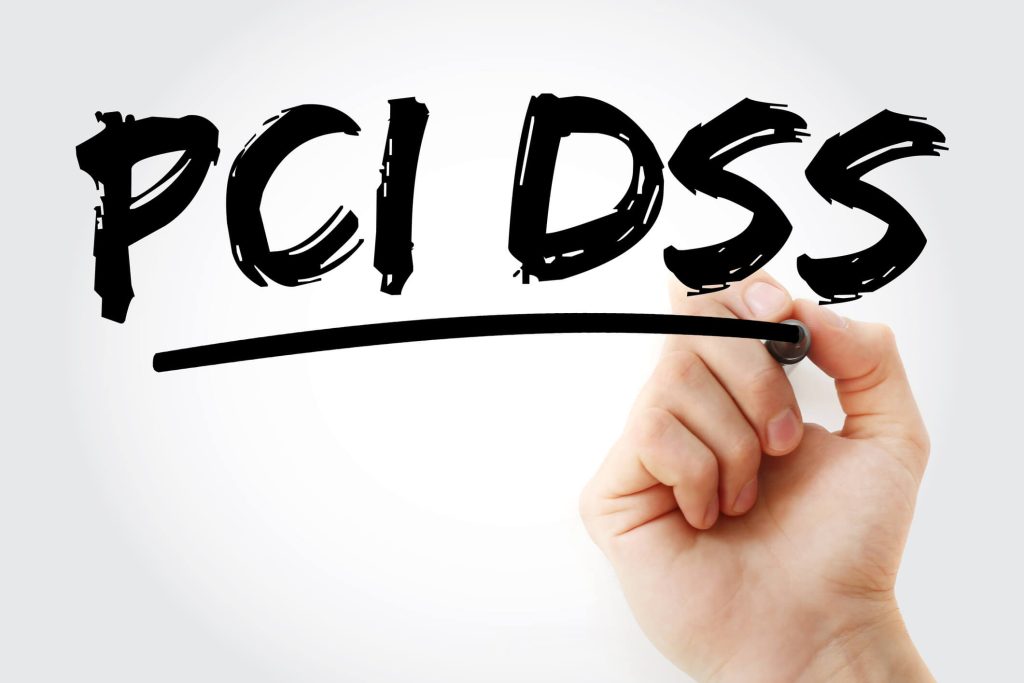
To perform effective PCI compliance checks, it is essential to have a comprehensive understanding of the twelve PCI DSS requirements. Let’s explore each requirement in detail and understand its significance.
Common challenges faced in meeting the requirements
Achieving compliance with the Payment Card Industry Data Security Standard (PCI DSS) can be a complex and challenging process for many organizations. Despite the clarity of the standards, businesses often encounter several hurdles along the way. Understanding these common challenges can help organizations prepare better and develop strategies to meet compliance effectively and efficiently.
1. Complexity of Compliance
For many organizations, especially small to medium-sized businesses, the complexity of the PCI DSS requirements can be overwhelming. The technical jargon, myriad of controls, and detailed procedural requirements can be difficult to fully understand and implement without specialized knowledge.
2. Resource Constraints
Implementing the necessary security measures to comply with PCI DSS often requires significant financial and human resources. Smaller businesses, in particular, may struggle with allocating enough budget and finding qualified staff to manage compliance tasks, from updating security software to maintaining and monitoring network security.
3. Keeping Up with Evolving Standards
PCI DSS standards are regularly updated to respond to new cybersecurity threats and changes in technology. For many organizations, keeping up with these updates and ensuring ongoing compliance as their IT environment evolves can be a daunting task. Frequent changes may require additional investments in technology and training, adding further to the resource strain.
4. Data Encryption Challenges
Requirement 3 of the PCI DSS mandates the protection of stored cardholder data, and Requirement 4 requires the encryption of cardholder data that is transmitted over open, public networks. Properly implementing encryption technologies can be technically complex and costly, often necessitating the overhaul of existing systems.
5. Comprehensive Risk Assessments
Carrying out thorough risk assessments to identify vulnerabilities in the system and making necessary adjustments is a continuous challenge. Many organizations struggle to perform these assessments effectively due to a lack of proper tools or expertise, potentially leaving gaps in security that are not addressed until too late.
6. Third-Party Service Providers
Many businesses rely on third-party service providers for processing payments, hosting services, and other IT needs. Ensuring that these third parties comply with PCI DSS is crucial but can be challenging, as it requires extended vigilance and management of external relationships.
7. Physical Security
While digital security often takes the spotlight in discussions about PCI DSS compliance, Requirement 9 emphasizes the importance of restricting physical access to cardholder data. Organizations with multiple physical locations may find it particularly challenging to consistently enforce physical security measures across all sites.
8. Internal Resistance to Change
Implementing the stringent controls required by PCI DSS can sometimes meet resistance within the organization, particularly if these changes affect established processes or require additional efforts from staff. Overcoming this resistance and fostering a culture of security awareness and compliance is critical but often difficult.
9. Continuous Monitoring and Testing
Continuous monitoring, logging, and testing of security systems (Requirements 10 and 11) are vital to ensure that protections remain effective over time. Many organizations struggle with setting up continuous and effective monitoring systems due to technological and operational constraints.
10. Maintaining Documentation and Evidence of Compliance
Proper documentation is essential not only for maintaining compliance but also for demonstrating compliance during audits. The effort required to continuously update and maintain detailed records can be substantial, and lapses can lead to compliance failures.
Conducting a Self-Assessment Questionnaire (SAQ)

A Self-Assessment Questionnaire (SAQ) is a tool provided by the PCI SSC to help businesses assess their compliance with the PCI DSS requirements. Let’s explore the different types of SAQs and understand how to complete them accurately.
Different types of SAQs and their applicability
The PCI SSC has developed different types of SAQs to cater to the specific needs of different businesses. The types of SAQs include:
- SAQ A: For businesses using only standalone, dial-out terminals with no electronic cardholder data storage.
- SAQ A-EP: For e-commerce businesses using a website to process payments but outsourcing the handling of cardholder data to a third-party service provider.
- SAQ B: For businesses using only imprint machines or standalone, dial-out terminals with no electronic cardholder data storage.
- SAQ B-IP: For businesses using only standalone, PTS-approved payment terminals with an IP connection to the payment processor.
- SAQ C: For businesses with payment application systems connected to the internet.
- SAQ C-VT: For businesses using only web-based virtual payment terminals accessed via a browser.
- SAQ D: For businesses that do not fall into any of the above categories and have more complex payment processing environments.
Determining the applicable SAQ is crucial to ensure accurate assessment of your compliance status.
Step-by-step guide to completing the SAQ
Completing the SAQ involves a series of steps to accurately assess your compliance status. Here is a step-by-step guide to help you through the process:
- Determine the applicable SAQ: Identify the SAQ that aligns with your business’s payment processing environment.
- Gather necessary documentation: Collect all relevant documentation, including network diagrams, policies, and procedures, to support your assessment.
- Review the SAQ and requirements: Familiarize yourself with the SAQ and the specific requirements you need to address.
- Answer the questionnaire: Go through each question in the SAQ and provide accurate and honest answers based on your current security measures.
- Document your responses: Keep a record of your responses for future reference and to demonstrate compliance during audits.
- Identify gaps and weaknesses: Analyze your responses to identify any gaps or weaknesses in your security measures.
- Develop an action plan: Based on the identified gaps, create an action plan to address the deficiencies and improve your security measures.
Tips for ensuring accuracy and completeness in your SAQ
To ensure accuracy and completeness in your SAQ, consider the following tips:
- Review the SAQ thoroughly before starting to answer the questions.
- Gather all necessary documentation and evidence to support your responses.
- Involve relevant stakeholders, such as IT personnel and security officers, in the assessment process.
- Be honest and accurate in your responses, even if it reveals areas where improvements are needed.
- Seek professional assistance if you are unsure about any aspect of the SAQ or the requirements.
Engaging a Qualified Security Assessor (QSA)
While conducting a self-assessment using the SAQ is suitable for many businesses, some may require the expertise of a Qualified Security Assessor (QSA). Let’s explore when it is necessary to involve a QSA, the benefits of hiring one, and how to select a reliable and experienced QSA.
When is it necessary to involve a QSA?
Engaging a QSA is necessary for businesses that fall into one of the following categories:
- Level 1 merchants: Merchants processing over 6 million transactions annually are required to engage a QSA for an annual on-site assessment.
- Level 2 merchants: Merchants processing between 1 million and 6 million transactions annually may be required by their acquiring bank to engage a QSA for an annual assessment.
- Complex payment processing environments: Businesses with complex payment processing environments may benefit from the expertise of a QSA to ensure accurate assessment and compliance.
Benefits of hiring a QSA for PCI compliance checks
Hiring a QSA offers several benefits, including:
- Expertise and experience: QSAs are trained professionals with in-depth knowledge of PCI DSS requirements and best practices. Their expertise can help businesses navigate the complexities of compliance and ensure accurate assessment.
- Comprehensive assessment: QSAs conduct thorough assessments, including on-site visits, interviews, and reviews of documentation, to provide a comprehensive evaluation of your compliance status.
- Guidance and recommendations: QSAs not only assess compliance but also provide guidance and recommendations for improving security measures and addressing any identified deficiencies.
- Compliance validation: Engaging a QSA for an annual assessment provides businesses with a validated compliance status, which can be beneficial for building trust with customers and partners.
How to select a reliable and experienced QSA
When selecting a QSA, consider the following factors to ensure you choose a reliable and experienced professional:
- Accreditation: Ensure that the QSA is accredited by the PCI SSC. Accreditation ensures that the QSA has undergone rigorous training and meets the necessary standards.
- Experience and expertise: Look for a QSA with extensive experience in conducting PCI compliance assessments, preferably in your industry or business sector.
- References and testimonials: Request references or testimonials from previous clients to gauge the QSA’s reputation and the quality of their services.
- Cost and scope of services: Consider the cost of engaging a QSA and the scope of services they offer. Compare multiple options to find the best fit for your business.
Performing Vulnerability Scans and Penetration Testing
Vulnerability scans and penetration testing are essential components of PCI compliance checks. Let’s explore the importance of these activities, how to choose the right tools and techniques, and how to interpret and address vulnerabilities identified.
Understanding the importance of vulnerability scans and penetration testing
Vulnerability scans and penetration testing are proactive measures to identify and address vulnerabilities in your systems and applications. These activities help businesses stay one step ahead of potential attackers and ensure the security of cardholder data.
Vulnerability scans involve using automated tools to scan your systems and applications for known vulnerabilities. These scans provide a snapshot of your current security posture and help identify areas that require attention.
Penetration testing, on the other hand, involves simulating real-world attacks to identify vulnerabilities that may not be detected by automated scans. Penetration testers attempt to exploit vulnerabilities to gain unauthorized access, providing businesses with valuable insights into their security weaknesses.
Choosing the right tools and techniques for scanning and testing
Choosing the right tools and techniques for vulnerability scans and penetration testing is crucial for accurate and effective assessments. Consider the following factors when selecting tools and techniques:
- Compliance requirements: Ensure that the tools and techniques you choose align with the PCI DSS requirements and are capable of identifying vulnerabilities relevant to your business.
- Automation and scalability: Look for tools that offer automation and scalability to handle the size and complexity of your systems and applications.
- Reporting capabilities: The tools should provide comprehensive reports that clearly highlight vulnerabilities and their severity, enabling you to prioritize remediation efforts.
- Expertise and resources: Assess your internal expertise and resources to determine whether you can conduct the scans and tests in-house or if you need to engage external experts.
Interpreting and addressing vulnerabilities identified
Vulnerability scans and penetration tests are critical for identifying security weaknesses that could potentially be exploited by attackers. Proper interpretation and remediation of the identified vulnerabilities are vital for maintaining PCI compliance and securing cardholder data. Here’s how to effectively handle the findings from these security tests:
- Interpret the Results: Carefully analyze the reports from the scans and tests to understand the vulnerabilities detected. Focus on the severity ratings and the potential impact of each vulnerability on your business.
- Prioritize Remediation: Prioritize vulnerabilities based on their severity and the potential risk they pose. High-risk vulnerabilities should be addressed immediately to minimize the chances of a security breach.
- Develop Remediation Plans: For each identified vulnerability, develop a remediation plan. This may involve patching software, reconfiguring security settings, or enhancing access controls. Ensure that each action is feasible and effective.
- Implement Changes: Execute the remediation plans, making sure that changes are implemented correctly and do not introduce new vulnerabilities.
- Verify and Validate: After addressing vulnerabilities, conduct follow-up scans and tests to verify that the vulnerabilities are fully resolved. This validation step is crucial to ensure that the remediation was successful and the security posture of your systems has improved.
Maintaining Ongoing PCI Compliance
Achieving PCI compliance is not a one-time event but a continuous process of maintaining and enhancing security measures. Here are key strategies for maintaining ongoing compliance:
- Regular Updates and Patches: Regularly update and patch systems, applications, and infrastructure to protect against new vulnerabilities.
- Continuous Monitoring: Implement continuous monitoring tools to detect and respond to security threats in real-time. This helps in maintaining the integrity and security of cardholder data.
- Employee Training: Conduct regular training sessions for employees to ensure they understand the importance of PCI compliance and are aware of the latest security practices and policies.
- Annual Reviews: Perform annual reviews of your PCI compliance status to ensure that all systems and processes still adhere to PCI DSS requirements.
- Engage with QSAs: Regularly engage with Qualified Security Assessors (QSAs) for external audits and for expert advice on maintaining compliance and improving security measures.
- Adapt to Changes: Stay informed about changes to PCI DSS standards and adapt your compliance and security measures accordingly. This proactive approach helps in addressing new threats and maintaining compliance.
Conclusion
Performing PCI compliance checks and maintaining ongoing compliance are essential for protecting cardholder data and maintaining trust with your customers. By understanding and implementing the steps outlined in this guide, businesses can not only avoid potential penalties but also enhance their overall security posture, safeguarding their reputation and customer relationships in the long run.
With the complexity of PCI DSS compliance, it’s important to approach the process methodically, utilizing the tools and resources available, including self-assessment questionnaires, vulnerability scans, and expert assistance from QSAs. Through diligence and ongoing effort, maintaining PCI compliance becomes an integral part of your business’s operations, contributing to its long-term success and security.
